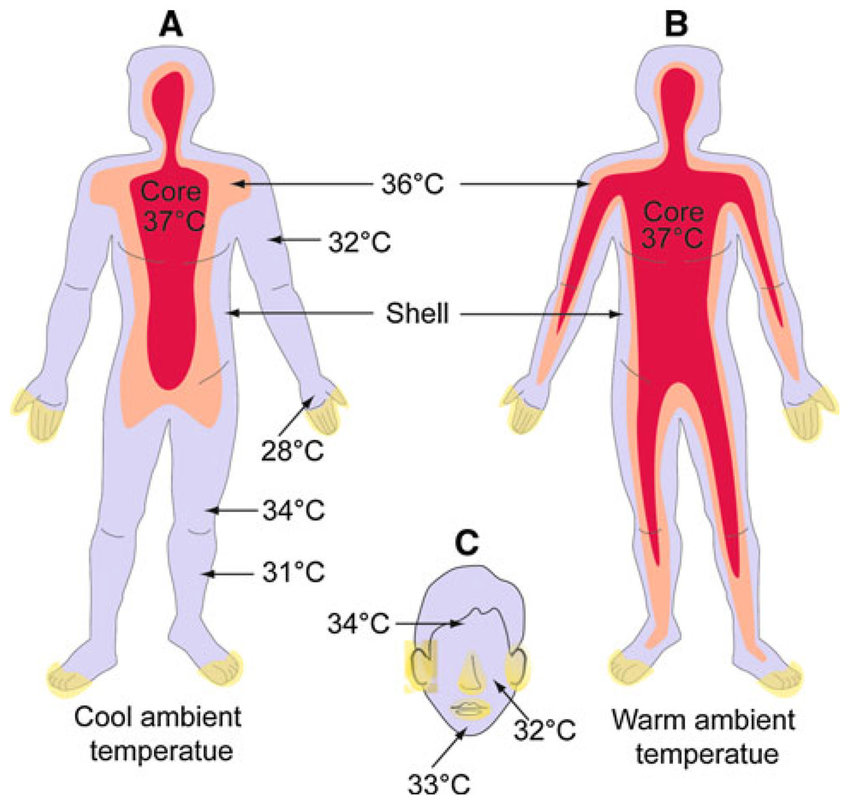What Is the Lowest Temperature a Human Can Survive Outside?
Extreme cold weather can pose significant risks to human health and survival. Understanding the lowest temperature a human can withstand outdoors is crucial for preparedness and safety. In this article, we will delve into the factors that determine a person's ability to survive in frigid conditions and explore the lowest temperatures recorded where individuals have managed to endure.
1. The Human Body's Response to Cold:

The Human Body's Response to Cold
The human body has various mechanisms to maintain its core temperature in cold environments. These mechanisms include vasoconstriction, shivering, and the generation of heat through metabolic processes. However, there are limits to how much cold the body can tolerate before succumbing to hypothermia.
2. Factors Affecting Cold Tolerance:

Factors Affecting Cold Tolerance
Several factors influence an individual's ability to withstand low temperatures. These factors include age, overall health, body fat percentage, clothing, and acclimatization to cold environments. Young children, the elderly, and individuals with certain medical conditions are generally more susceptible to the adverse effects of extreme cold.
3. Understanding Hypothermia:
Hypothermia is a condition that occurs when the body's core temperature drops below 95°F (35°C). It can lead to serious health consequences, including organ failure and death. The severity and onset of hypothermia depend on the ambient temperature, wind chill, wetness, and duration of exposure.
4. Lowest Recorded Temperatures Humans Have Survived:
While the ability to withstand extreme cold varies among individuals, remarkable survival stories have been documented. Here are some notable examples:
a) The Vostok Station Incident: In 1982, a group of Soviet scientists at the Vostok Station in Antarctica experienced an unexpected power outage during winter. With temperatures plunging to -89.2°C (-128.6°F), they managed to survive by taking shelter in a confined area and conserving body heat.
b) The Andes Plane Crash: In 1972, a plane carrying members of a Uruguayan rugby team crashed in the Andes Mountains. The survivors endured temperatures as low as -30°C (-22°F) for 72 days by huddling together, rationing food, and utilizing available resources.
c) Arctic Expeditions: Throughout history, explorers have faced extreme cold conditions during Arctic expeditions. Many explorers, equipped with appropriate clothing, shelters, and supplies, have survived in temperatures below -40°C (-40°F) for extended periods.
5. Safety Precautions for Cold Environments:
Minimize the risk of cold-related injuries or fatalities, it is essential to take appropriate precautions:
a) Dress in layers, ensuring proper insulation and moisture-wicking materials.
b) Protect exposed skin with hats, scarves, gloves, and warm socks.
c) Stay hydrated and consume warm, high-calorie foods.
d) Be aware of weather forecasts and wind chill factors. e) Avoid prolonged exposure to cold environments, seeking shelter when necessary.
While humans can withstand remarkably low temperatures under certain conditions, it is crucial to prioritize safety and take necessary precautions when venturing into cold environments. Understanding the body's response to extreme cold, recognizing the signs of hypothermia, and being adequately prepared can make all the difference between survival and succumbing to the elements.